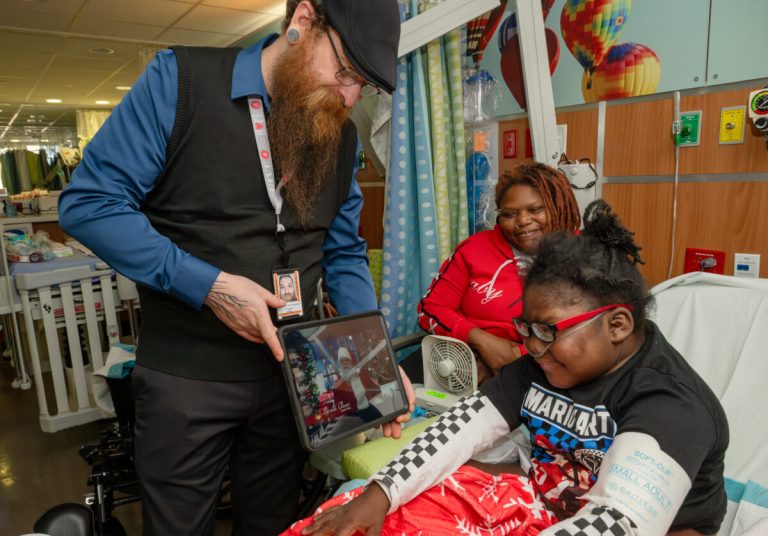3 things to know about sepsis, including how Children’s of Alabama works to combat this deadly condition that’s often difficult to spot
Reading time: 4 minutes

Partner
Sepsis can affect anyone, and it must be caught early. At Children’s of Alabama, they’re focusing on early detection, rapid treatment and continuous education to battle this hard-to-find condition. Here’s the good news: it’s working!

It’s the body’s response to an overwhelming and life-threatening infection. It can lead to tissue damage, organ failure and death. Because sepsis kills and disables millions, Children’s of Alabama wants you to know how serious this condition is, along with how they’re improving the outcomes of their patients.

“If we recognize it early and treat it promptly we can help save lives,” said Dr. Christopher Pruitt, assistant professor and director for research for the Division of Pediatric Emergency Medicine at UAB.
“We’re screening children when they come into the emergency department and when they are in the hospital, whether the parent is aware or not. We’re looking at vital signs, parameters, appearance—this is happening every so many hours from a nurse’s assessment.
“So yes, we are always on the lookout. We’re very committed to making sure we’re getting on top of sepsis.”

-
All About Collaboration
- In 2016 Children’s of Alabama joined with Children’s Hospital Association (CHA) and 47 other children’s hospitals to improve sepsis outcomes. It’s a national effort to save childrens’ lives.
- The goal is to decrease the incidence of hospital-onset of severe sepsis.
- Over the past two years physicians, educators, directors, administration, bedside staff and many others have worked hard to integrate sepsis awareness, education and warning signs into the everyday work flow of their bedside staff.
2. A New Tool Is Saving Lives
Children’s tracks the progress they are making on impacting patients’ lives for the better through awareness, recognition and prevention of sepsis. In May, they also implemented a new, electronic screening tool.
“We are in the process of educating patients and their families on what sepsis is and how to prevent it,” Dr. Pruitt said. “All the while, we are also educating our staff, nurses and physicians, on a screening process so that they, too can improve our patient’s lives.”

3. Sepsis Is Subtle
While hospitalized children and children will previous medical conditions are at a much greater risk for sepsis, Dr. Pruitt warns that anyone can get it.
“Sepsis can occur at home without a significant past medical history, but it would usually be due to a serious bacterial infection, which is quite rare in previously healthy children,” Dr. Pruitt said.
For a parent at home, to identify sepsis can be very challenging.
“What I would say is that if the child has a fever, and a child can get a fever for a lot of reasons—It’s important to note that the large majority of children who get a fever are not going to have sepsis.
“But, if a child has a fever at home, and after the child has been given fever medicine, the fever comes down but the child’s appearance doesn’t improve, this is when to go to the doctor. When it comes to symptoms, there aren’t set criteria. It can even be hard for a physician to recognize.”
Children’s Wants You To Know
- More than 1.5 million people get sepsis each year in the U.S. That’s one person every 20 seconds.
- One in three patients who die in a hospital have sepsis.
- Sepsis affects over 26 million people worldwide and is the largest killer of children—more than 5 million.

Yep, The More We Know
With sepsis, it really is about diligence, rapid treatment, awareness and education. When Sepsis is quickly recognized and treated, lives are saved—and that’s what matters most to Children’s of Alabama.




